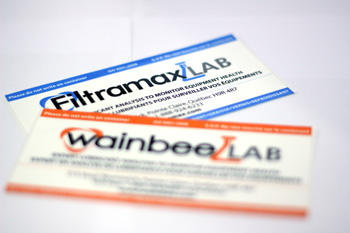Lab Labeling – Basic Facts
Lab labels convey information about the labware’s content. The content can be anything, from a blood sample from an ill patient who depends on prompt lab results, to a substance for very important research that might cure cancer. Whatever is contained inside the labware, it is extremely important that it is labeled accurately and that the label will survive harsh lab environment. If a label is not accurately labeled and the mistake goes undetected, it could have serious consequences.
First-time lab users should get acquainted with some basic facts about lab labels, before they proceed to order a pre-printed or custom label for their work:
- Lab labels are subjected to very harsh conditions: extremely cold (liquid nitrogen) or hot (autoclaving) temperatures, staining, chemicals, moisture, lab testing, hot water baths, oven sample dehydration, physical damage (tearing, scuffing, etc.)…
- Lab labels are applied to difficult surfaces – glass, plastic, steel or metal vials, tubes, straws, bags, plates, etc. Sometimes labware is extremely small and round, so the label needs to wrap around it, which makes it difficult to maintain readability.
- Lab labels may need to last a short while – for a single test, for example, or a very long time – biorepository labels are used for labware that contain specimen for future research and may need to stay applied for the next 20 years.
- Users need to pay extra attention to the kind of adhesives used for lab labels, because most standard label adhesives will stick to latex gloves used by lab workers.
Each lab label will be different because it depends on specific environmental factors. That is why every custom lab label needs to be tested by printing press experts for the particular conditions the label will be subjected to.
